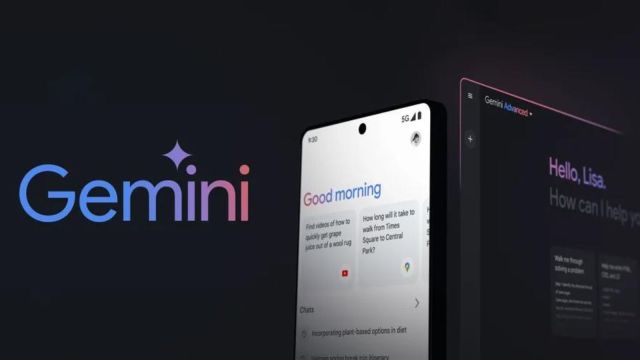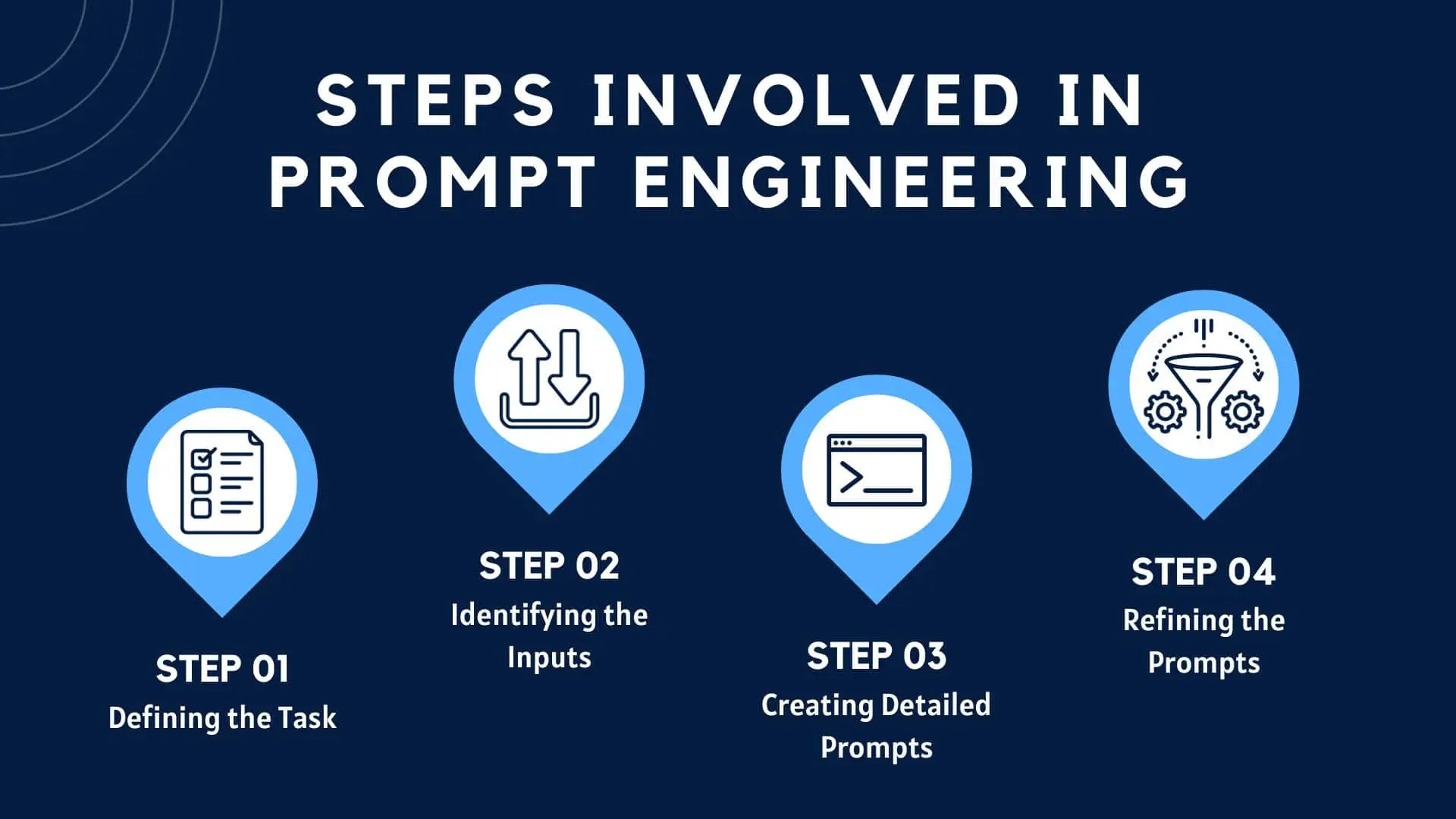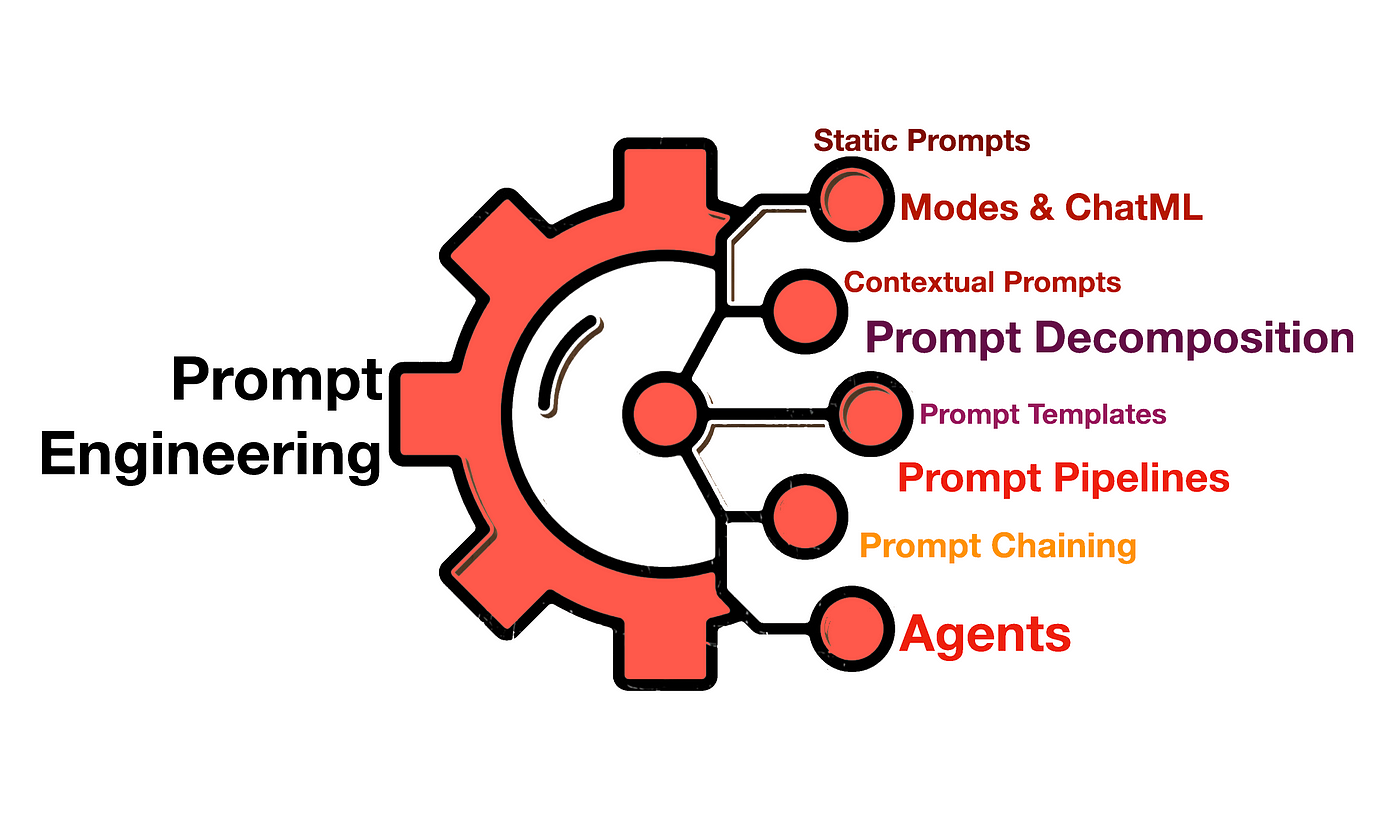Mastering Prompt Engineering: Google's Gemini Guide + PTFC Framework
-
 Admin
Admin - 14 Apr, 2022

Mastering Prompt Engineering: Google’s Gemini Guide + PTFC Framework
Prompt engineering is quickly becoming the most valuable skill in the age of AI. As Large Language Models (LLMs) like Google’s Gemini transform how we work, communicate, and build tools, the ability to craft effective prompts has never been more crucial.
Recently, Google released a detailed 68-page prompt engineering playbook to help developers get the most out of Gemini. This guide introduced the PTFC framework, a powerful structure for creating high-quality prompts that deliver accurate, reliable, and context-aware results.
In this post, we’ll break down the core ideas from Google’s guide, explore how you can apply them, and share best practices to level up your prompt writing game.
What is Prompt Engineering?

Prompt engineering is the practice of designing input instructions that guide AI models like Gemini to generate precise, relevant, and accurate responses. It bridges the gap between human intent and machine understanding.
At its core, prompt engineering involves:
- Giving the model a role or persona
- Being specific with tasks
- Outlining the desired format
- Providing context where needed
The better your prompt, the better the result. That’s why mastering this skill is so valuable for developers, content creators, marketers, and anyone working with LLMs.
Google’s Gemini and the AI Prompt Revolution
Google Gemini is one of the most advanced multimodal LLMs today. It can reason across text, images, code, and more—making it ideal for enterprise-grade AI applications.
But even a powerful model like Gemini is only as good as the instructions you give it.
That’s why Google released the Gemini Prompt Engineering Guide, offering practical strategies and examples to help users get better results from the model.
Gemini is available via:
- Gemini API
- Vertex AI on Google Cloud
- Gemini’s web app (similar to ChatGPT)
The PTFC Framework Explained
Google’s prompt engineering guide introduces the PTFC framework — a 4-part structure for writing better prompts.
🧑🎓 Persona
Give the model a role or identity. This helps set the tone and expertise level.
Example: “You are a professional copywriter who specializes in SEO and digital marketing.”
✅ Task
Be clear and specific about what you want the model to do.
Example: “Write a meta description for a blog post on prompt engineering.”
📝 Format
Define the desired output format: list, table, paragraph, JSON, etc.
Example: “Return the result as a 155-character meta description.”
📌 Context
Provide supporting information the model needs to do the task well.
Example: “The blog post explains Google’s PTFC prompt engineering framework.”

🔄 Full Prompt Example
You are a professional SEO copywriter.
Write a meta description for a blog post.
Format it as a single sentence under 155 characters.
The blog is about Google's PTFC prompt engineering framework.Iterative Prompting: The Art of Refinement
One of the most powerful techniques in prompt engineering is iteration. Don’t expect perfection in the first try.
Start with a basic prompt, then improve it step by step:
- Test different formats and personas
- Add or adjust context
- Ask the model to clarify if the answer is vague
Example: Refinement in Action
❌ Initial: Explain prompt engineering.
✅ Improved: You are an AI educator. Explain prompt engineering in simple terms for high school students in 3 bullet points.Iterative prompting helps you fine-tune for tone, detail, and accuracy.
Gemini API and Developer Use Cases
The Gemini API lets you integrate Gemini’s power into your apps and workflows. With good prompt engineering, developers can:
- Build smart chatbots
- Auto-generate documentation
- Transform customer support with contextual replies
- Code generation with detailed instructions
Vertex AI adds features like prompt templates, tuning, and scalability for enterprise apps.
Prompt Engineering Best Practices
To get the best results from your LLM prompts, follow these tips:
✅ Do:
- Be clear and specific
- Use PTFC (Persona, Task, Format, Context)
- Test and iterate
- Define edge cases
❌ Don’t:
- Assume the model knows what you want
- Mix too many tasks in one prompt
- Skip format instructions
Pro Tip: Ask the AI what info it needs to answer better. This creates a collaborative loop.
SEO-Driven Applications of Prompt Engineering
Prompt engineering isn’t just for developers. It’s transforming SEO and content creation too:
- Auto-generate blog titles and meta descriptions
- Create FAQs and schema markup
- Summarize large documents for SEO briefs
- Rewrite content with target keywords
Gemini vs ChatGPT vs Claude: Each model has its quirks. Prompt engineering helps you adapt across platforms.

Future of Prompt Engineering
Prompt engineering is no longer just a niche skill — it’s becoming a mainstream necessity. We’re seeing:
- Dedicated roles for Prompt Engineers in tech firms
- Low-code tools integrating prompt builders
- Auto-prompt generators powered by AI itself
Eventually, writing great prompts will be like writing great code — a foundational skill for tech and business.
Final Thoughts + Actionable Checklist
Google’s PTFC framework offers a practical, scalable approach to mastering prompt engineering. Whether you’re coding, writing, or marketing — the same principles apply.
🔍 Actionable Checklist
- Use a defined Persona
- Set a clear Task
- Specify the Format
- Provide the right Context
- Test, iterate, and refine
Ready to take your prompt game to the next level? Try writing your own PTFC prompt and watch the quality of your AI outputs improve instantly.
💡 Want to learn how prompt engineering can boost your specific workflow (e.g., SEO, development, content)? Drop a comment or connect with me — let’s prompt like pros!